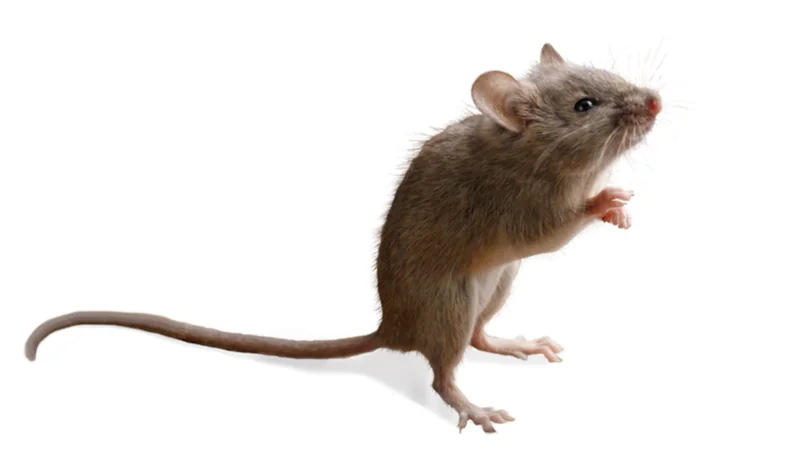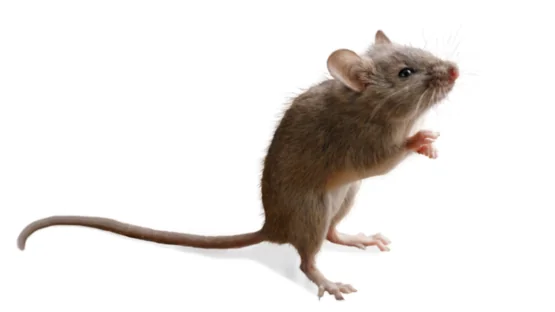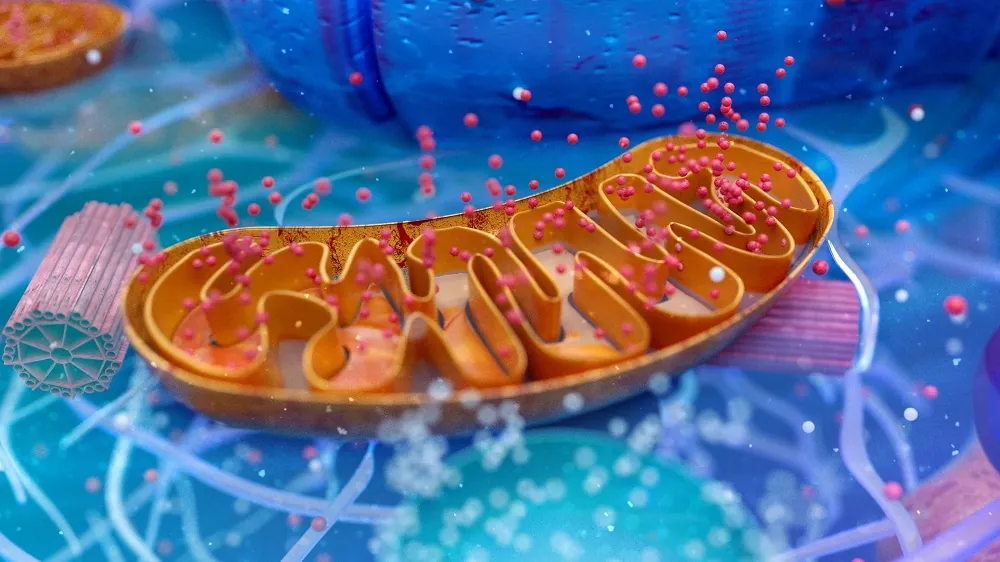Publishing in Aging, a team of Spanish researchers has found that changing the mitochondria of standard Black 6 mice leads to marked improvements in joint health.
Conplastic mice
The Black 6 mouse is well-known in research as a standard in the industry. However, it is not nearly a perfect mouse in terms of ability or longevity. In fact, many of the researchers on this team had previously extended this mouse’s lifespan by replacing its mitochondria [1], similar to what was done for this paper. They also note that certain mitochondrial variants are associated with longer lifespans in human populations [2].
Here, the researchers refer to the control group as the C57 strain and the mitochondrially replaced group as the NZB conplastic strain of the Black 6 mouse.
A better start, a better finish
This research is specifically focused on knee joints as its target for osteoarthritis analysis. A modified Mankin score, which is often used in this research, was used to analyze how the cartilage cells appear under a microscope. All four quadrants of the knees were analyzed. The researchers also took a look at markers of cellular maintenance (autophagy) and senescence along with the effects of reactive oxygen species (ROS) on these cells.
The NZB mice outperformed the C57 mice in Mankin scores at all three of the ages studied: 25, 75, and 90 weeks. While the NZB and C57 mice aged in largely similar way, this starting benefit kept the joints of the NZB mice healthier, particularly in the medial compartment.
This health extended to the other metrics as well. LC3, Beclin-1, and the inverse marker P62 were chosen to measure autophagy, and they all showed that more autophagy was taking place in the cells of the NZB mice at 90 weeks. Most notably, these markers were strongest in the medial compartment, where the difference in Mankin scores was also the strongest.
NZB mice were also found to be better than C57 mice on markers of senescence. MMP13, β-galactosidase, and p16 were all lower in the cartilage of NZB mice at 90 weeks, while the proliferation marker Ki67 was higher. C57 mice also had more 8-oxo-dG, which represents more oxidative stress, along with more cellular death (apoptosis), as they had more cleaved caspase-3.
Conclusion
While this research seems to be illustrative of better mitochondria providing a better start for mice that lasts them into old age, it also strongly suggests that altering mitochondria might be a valid approach for treating age-related diseases. Mitochondrial dysfunction is one of the hallmarks of aging. If future research shows that mitochondria themselves continue to have a strong effect on human cartilage as we age, replacing them might be a near-future possibility for the treatment of osteoarthritis.
Literature
[1] Latorre-Pellicer, A., Moreno-Loshuertos, R., Lechuga-Vieco, A. V., Sánchez-Cabo, F., Torroja, C., Acín-Pérez, R., … & Enríquez, J. A. (2016). Mitochondrial and nuclear DNA matching shapes metabolism and healthy ageing. Nature, 535(7613), 561-565.
[2] Rea, I. M., McNerlan, S. E., Archbold, G. P., Middleton, D., Curran, M. D., Young, I. S., & Ross, O. A. (2013). Mitochondrial J haplogroup is associated with lower blood pressure and anti-oxidant status: findings in octo/nonagenarians from the BELFAST Study. Age, 35(4), 1445-1456.






